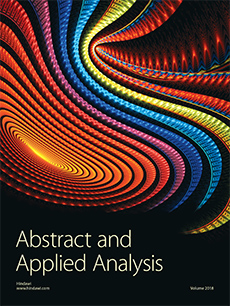Abstract
The present study uses the differential transformation method to solve the governing equations of the coronary artery system and then analyzes the dynamic behavior of the system by means of phase portraits, power spectra, bifurcation diagrams, and Poincaré maps. Also, a master-slave control system is proposed to suppress the nonlinear chaotic behavior of the coronary artery system. The results show that the dynamic behavior of the coronary artery system is significantly dependent on the magnitude of the vibrational amplitude. Specifically, the motion changes from -periodic to 2-periodic, then from 4-periodic to 8-periodic, and finally to chaotic motion with windows of periodic motion as the vibrational amplitude is increased from 0.3 to 0.6 and from 4.5 to 5.9. In addition, it is shown that the proposed control scheme enables the coronary artery system to be synchronized to any state asymptotically such that the risk of cardiopathy is reduced.
Citation
Cheng-Chi Wang. Her-Terng Yau. "Chaos Analysis and Synchronization Control of Coronary Artery Systems." Abstr. Appl. Anal. 2013 (SI41) 1 - 11, 2013. https://doi.org/10.1155/2013/209718
Information





